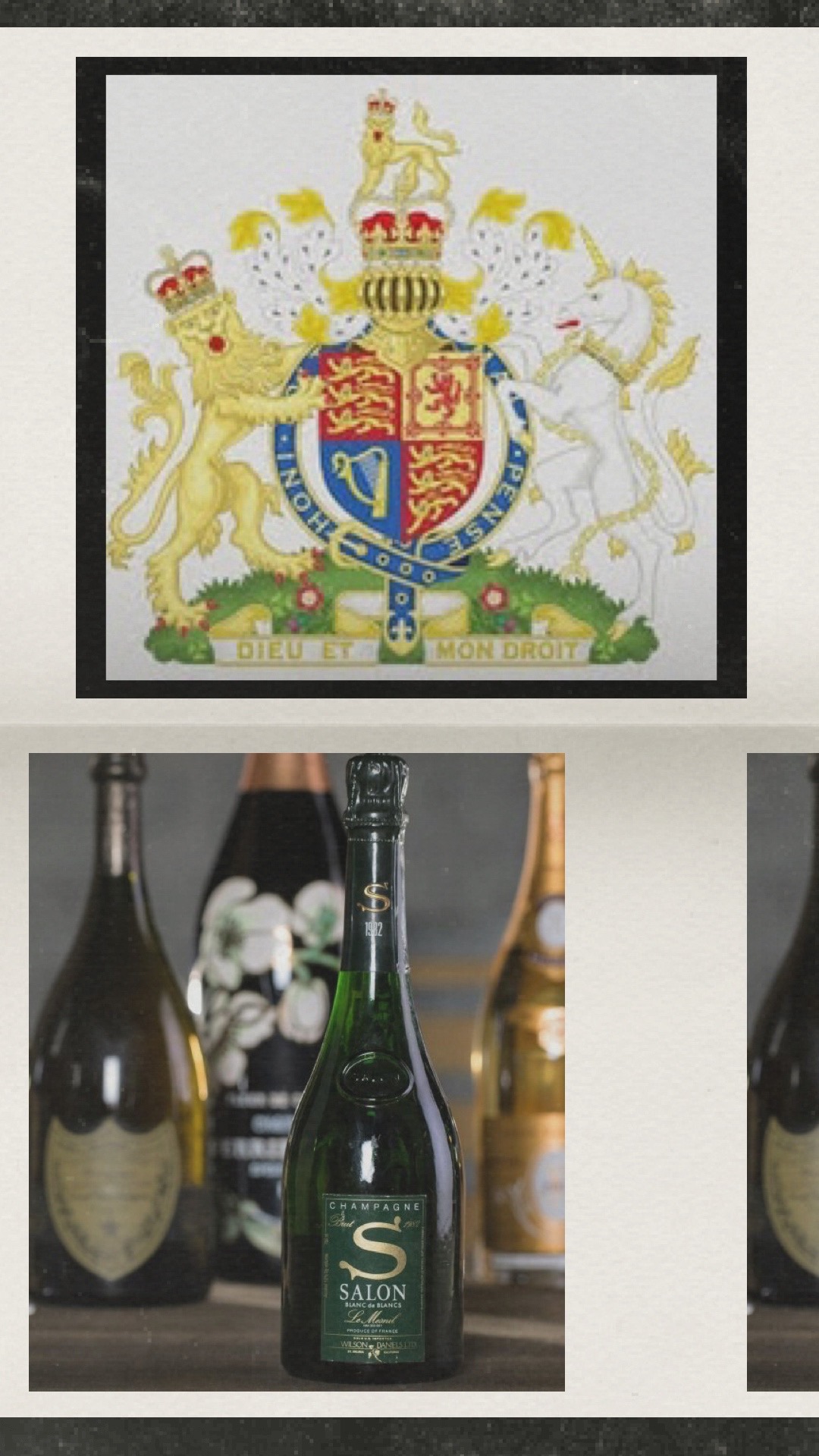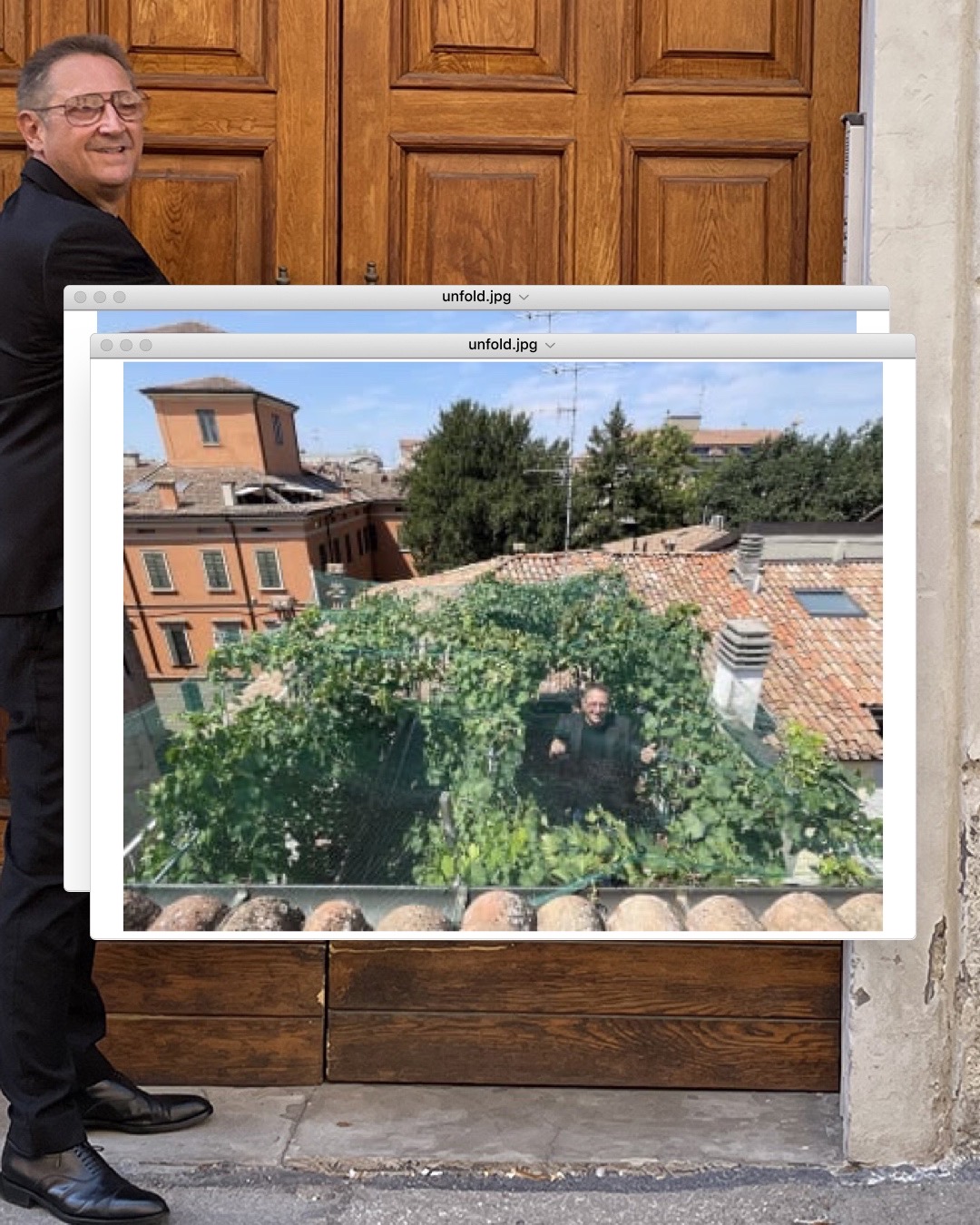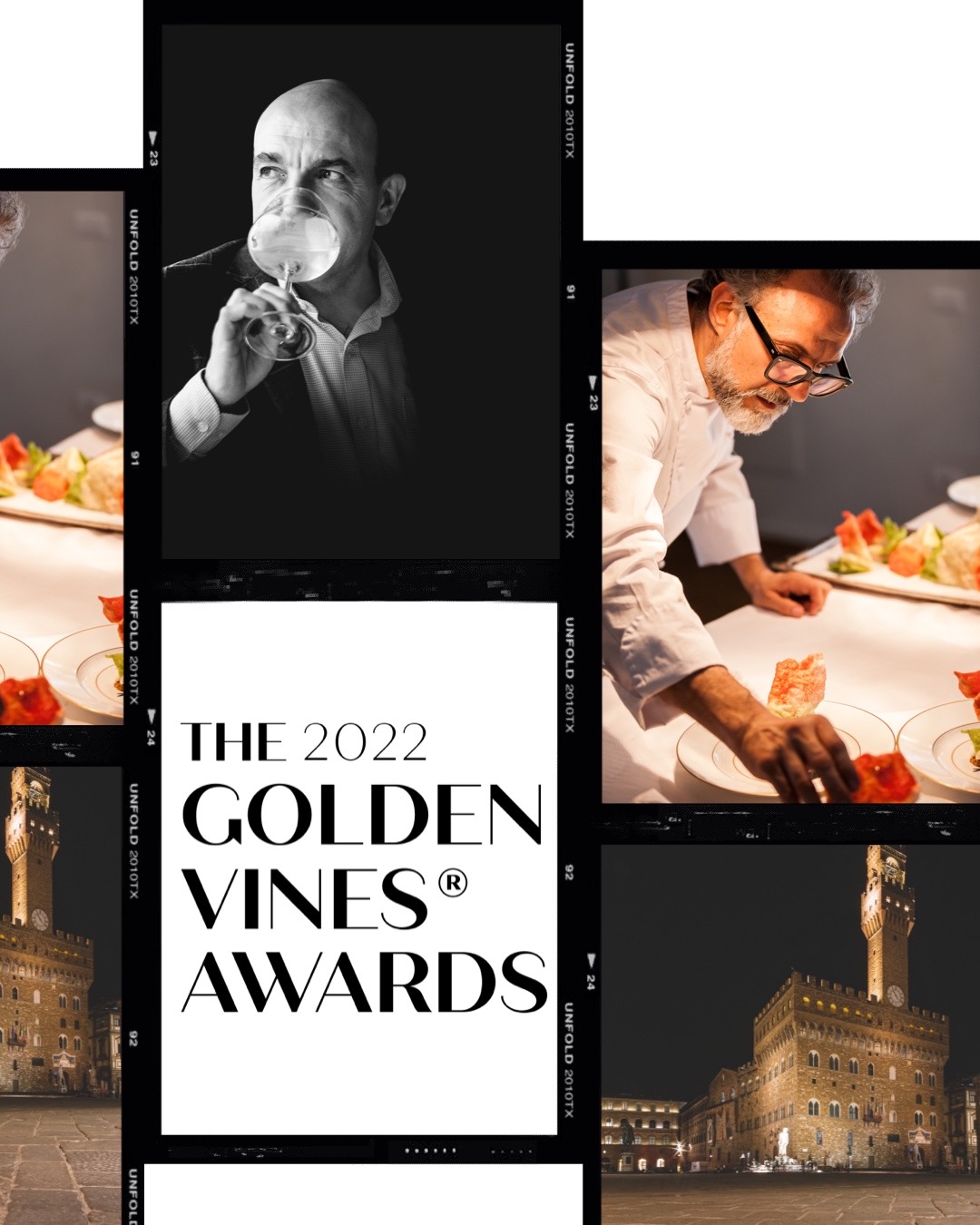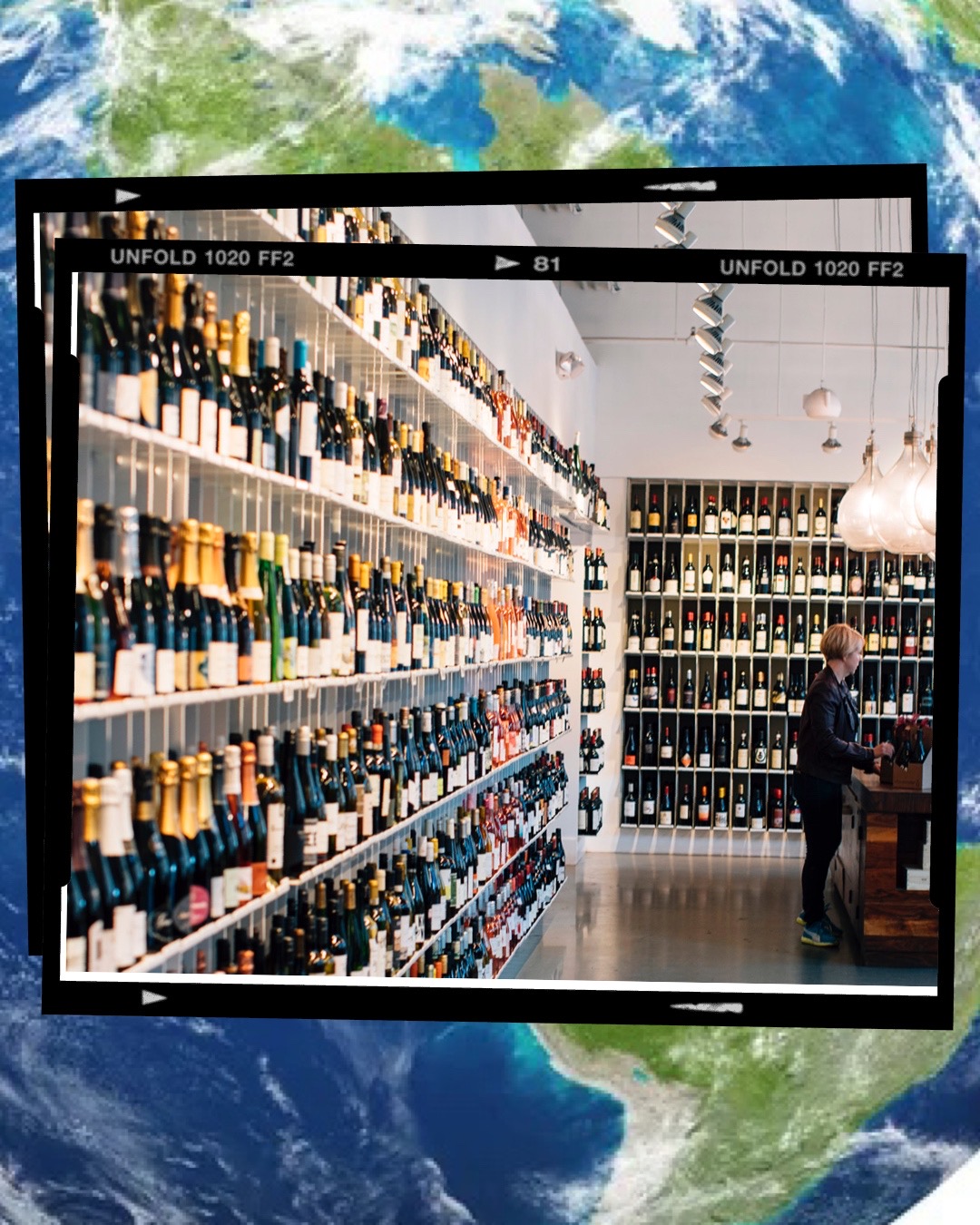There is a collection of well-known spirits and Champagne brands that will have their royal warrant status reviewed following the death of Queen Elizabeth II.
Brands and suppliers including Gordon’s gin, Champagne brands: Mumm and Moët, and wine merchants Corney & Barrow and Berry & Bros & Rudd all carry the Queen’s coat of arms as regular suppliers to the royal household.
Warrant Rules
A Royal Warrant of Appointment is strictly a document that permits a company to use the Royal Arms in connection with its business in an appointed trading capacity.
Brands and suppliers receiving a royal warrant are allowed to display the relevant coat of arms and the nature of the goods or services to which the warrant applies.
After a monarch’s death the warrants become void, but the holders can continue to use the crest for two years “provided there is no significant change within the company concerned”, according to the Royal Warrant Holders Association.
The Royal Household will review warrant grants upon a change of monarch, it also states.
Until her death, the Queen and (Prince of Wales) were the only two members of the royal family able to grant royal warrants.
Drinks firms and brands with royal warrants from the late Queen II include, but not limited to: Angostura, Martini, Berry Bros & Rudd, Bollinger, Mumm, Krug, Lanson, Roederer, Moët, Veuve Clicquot, Dubonnet, Harveys sherry, Dewar’s, Johnnie Walker, Justerini & Brooks, Lea & Sandeman, Matthew Gloag, Pol Roger, Symington Family Estates, Tanqueray, Gordon’s, Taylor’s port, Royal Lochnagar whisky, Pimm’s, Hine, Valvona & Crolla, Walker & Woodhouse and Windsor & Eton Brewery.
#wineandspirits #royalwarrants #royalwarrant #queenelizabeth #royalfamily #queen #britishroyals #champagne #Angostura #Martini #BerryBros&Rudd #Bollingerchampagne #Mummchampagne #Krugchampagne #Lansonchampagne #Roedererchampagne #Moëtchampagne #VeuveClicquot #Dubonnet #JohnnieWalker #PolRogerchampagne #Tanqueray #Gordons #Taylorsport #Pimms #Hine #wine #winelovers #winenews #London #travelling


![Winechain [a NFT platform] raises €6 million for expansion](https://www.liz-palmer.com/wp-content/uploads/2022/09/Gray-2-Travel-Photos-Polaroid-Instagram-Story.png)


